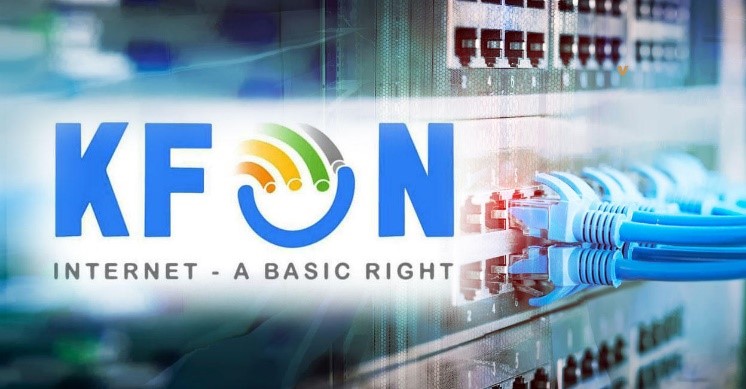Free Courses Sale ends Soon, Get It Now


Free Courses Sale ends Soon, Get It Now



Disclaimer: Copyright infringement not intended.
Context
What is KFON?
What is its spread?
Who are the stakeholders?
What services will it provide?
How will it help the poor?
|
PRACTICE QUESTION Q. What is Fiberisation? Where does India stand with respect to tower fiberization? Evaluate. |
© 2024 iasgyan. All right reserved